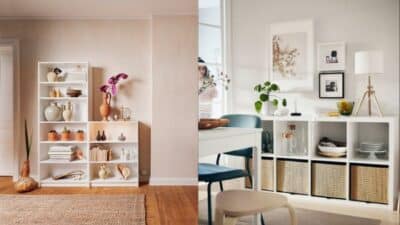A DIY room makeover gives you the chance to transform your space without spending a fortune or hiring professionals. By carefully planning your makeover and focusing on affordable projects, you can refresh your room’s look while staying within your budget. This approach allows you to create a personal, functional space that reflects your style.
Choosing a design theme and color palette is essential to guide your decisions and keep the makeover cohesive. You’ll find that simple DIY projects, like decor updates and smart organization solutions, can have a big impact on the overall feel of your room. Whether working with thrifted items or basic materials, your makeover can be both creative and practical.
With clear steps and a focus on functionality, you can handle everything from refreshing walls to optimizing storage. A room makeover isn’t just about looks—it’s about making your space work better for your needs and lifestyle.
Key Takeways
- Plan your makeover to balance style and budget effectively.
- Select a consistent theme and color palette to unify your design.
- Incorporate practical DIY projects for both decoration and organization.
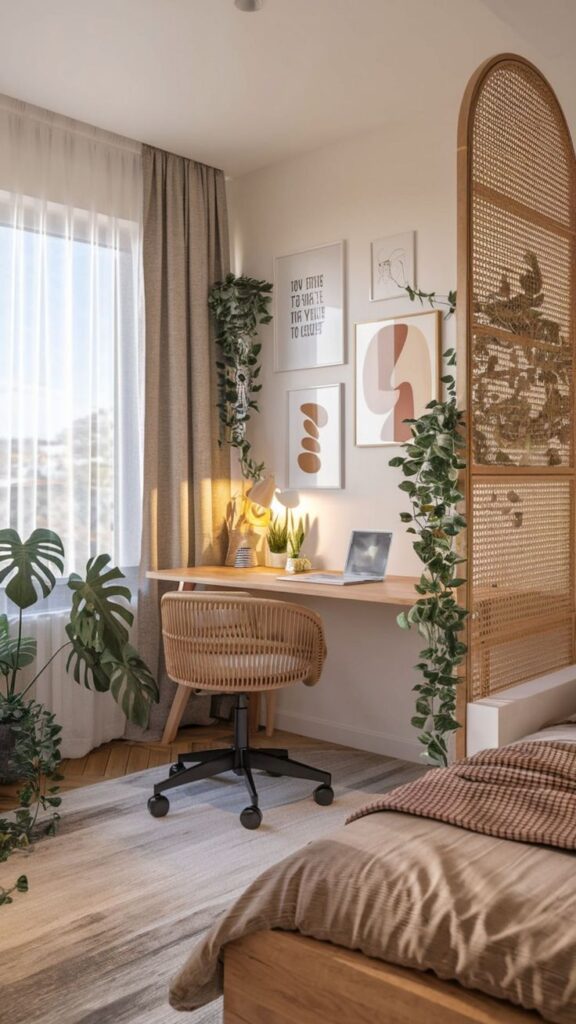
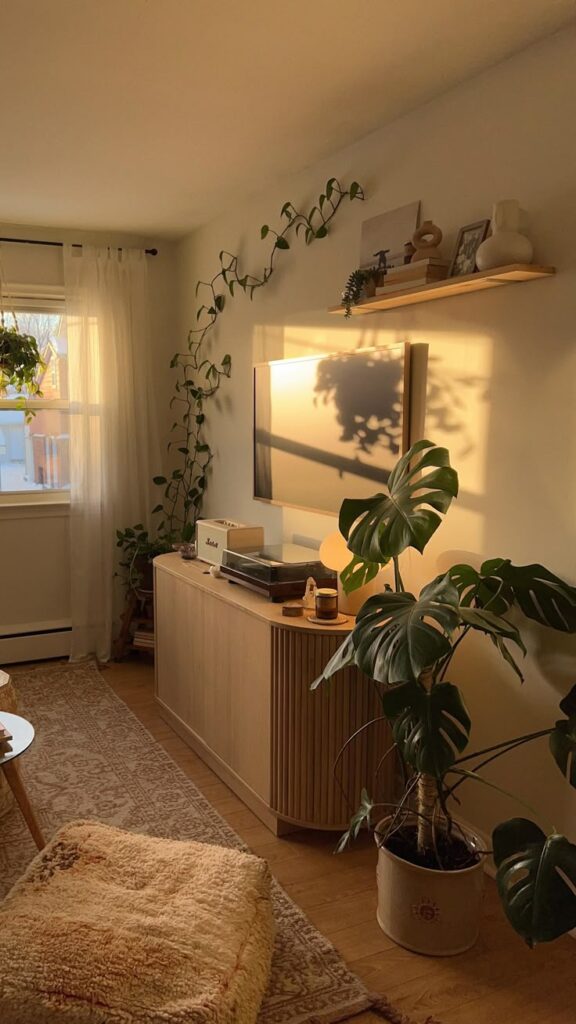
Planning Your DIY Room Makeover
Starting your room makeover with clear direction will help you save time and money. You need to know what you want to change, how to visualize the new look, and how much you can spend to keep the project budget-friendly.
Setting Goals and Priorities
Begin by listing what you want to achieve with your room makeover. Decide whether your focus is on functionality, style, or both. For example, you might need extra storage or simply want a fresh color scheme.
Rank your priorities to use your resources wisely. This helps when budget constraints force you to choose between different updates, such as new furniture or repainting walls. Keep your goals practical to avoid overspending or wasting time.
Creating a Mood Board
A mood board organizes your ideas visually. Collect photos, fabric samples, paint swatches, and furniture styles that reflect your vision. This helps you see how colors and textures will work together.
Use online tools or physical boards for this. A well-made mood board acts as a guide during your DIY room makeover to keep your decisions consistent and focused on the style you want.
Budgeting Strategies
Set a clear, realistic budget based on your goals and current room condition. Break it down into categories like paint, furniture, décor, and tools. This keeps your spending in check and prevents surprises.
Look for cost-saving options such as thrift stores or DIY solutions for accessories and furniture upgrades. Prioritize spending on items that will make the biggest impact on your space’s look and feel.
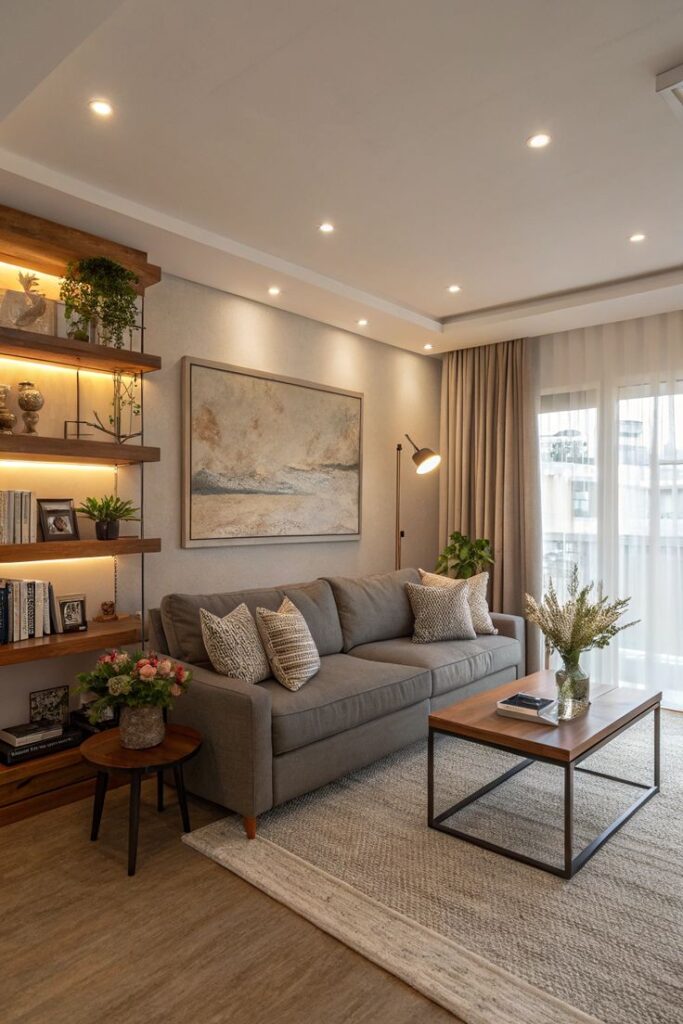
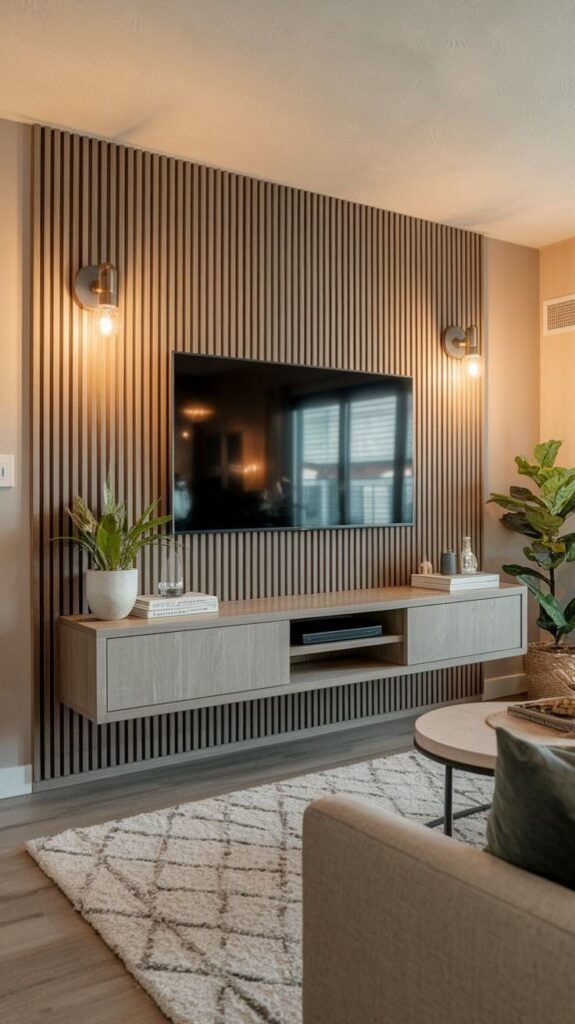
Choosing a Design Theme and Color Palette
Choosing a clear design theme sets the tone for your space, influencing the art, furniture, and accessories you select. Your color palette should complement this theme and work with existing elements to create a cohesive look.
Selecting a Cohesive Style
Start by defining the overall style you want for your room, such as modern, rustic, minimalist, or eclectic. Consider your existing furniture and decor to ensure they align with your chosen style or can be adapted.
Look for inspiration through magazines, websites, or social media boards. Collect images that reflect the feel you’re aiming for and identify common themes or patterns. This helps you narrow down what fits your taste and space.
Keep functionality in mind. For example, a minimalist style often favors open, uncluttered spaces, while a rustic style embraces natural textures and warm tones. Your chosen style will guide your art choices and DIY projects to maintain harmony.
Picking Wall Paint and Accent Colors
Choose a main wall paint color based on the largest elements in your room, such as flooring, furniture, or large decor pieces. Neutral tones like greys, beiges, or whites offer flexibility and create a calm backdrop for art and accents.
Select 2-3 accent colors that complement your main wall paint. Use these in smaller furniture items, textiles, or accessories. For example, if your main color is soft grey, accents could be muted blues or greens for a balanced look.
Consider vertical layering of color, starting darker at the bottom and lighter at the top, to add depth. Use sample paints to test colors in natural light across different times of the day before committing.
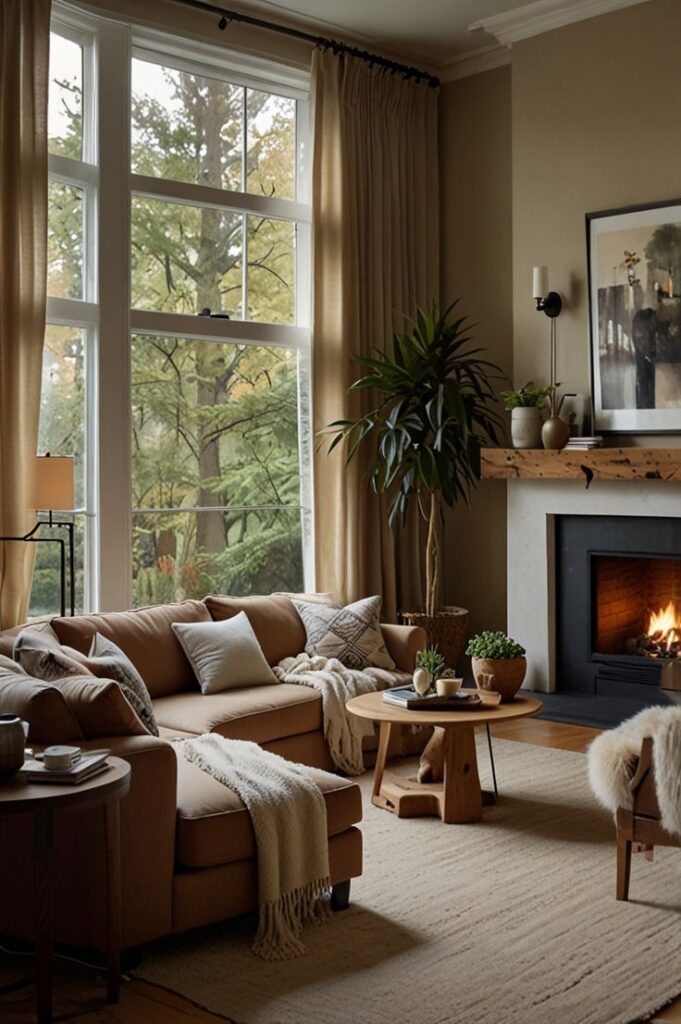
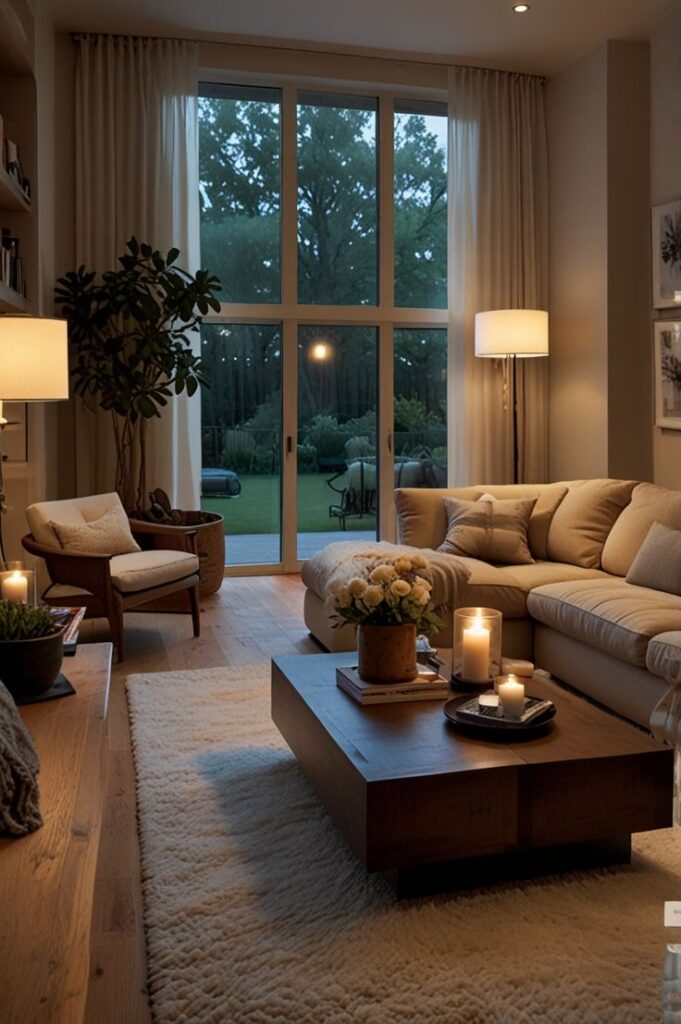
Below is a simple color selection guide:
| Element | Considerations | Example Colors |
|---|---|---|
| Main Wall | Neutral, reflects natural light | Soft grey, beige |
| Accent Walls | One or two complementary colors | Navy blue, olive green |
| Accessories | Pops of bold or muted accents | Mustard yellow, rust |
This approach keeps your room visually balanced and ties your DIY room makeover together seamlessly.
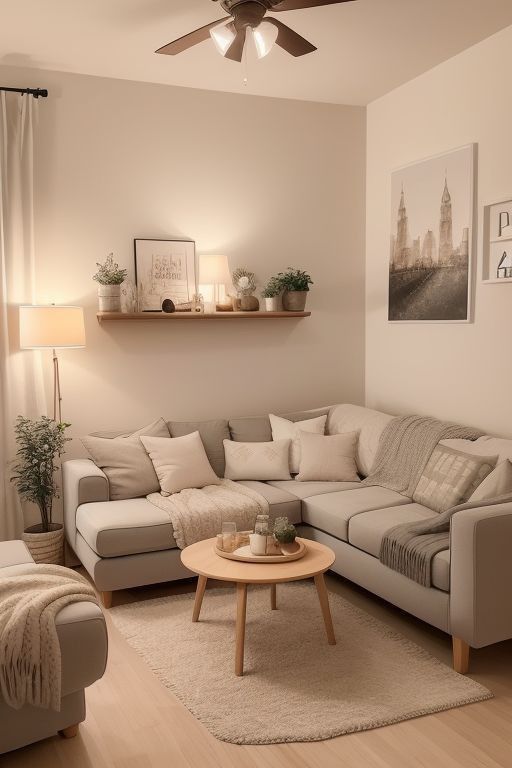
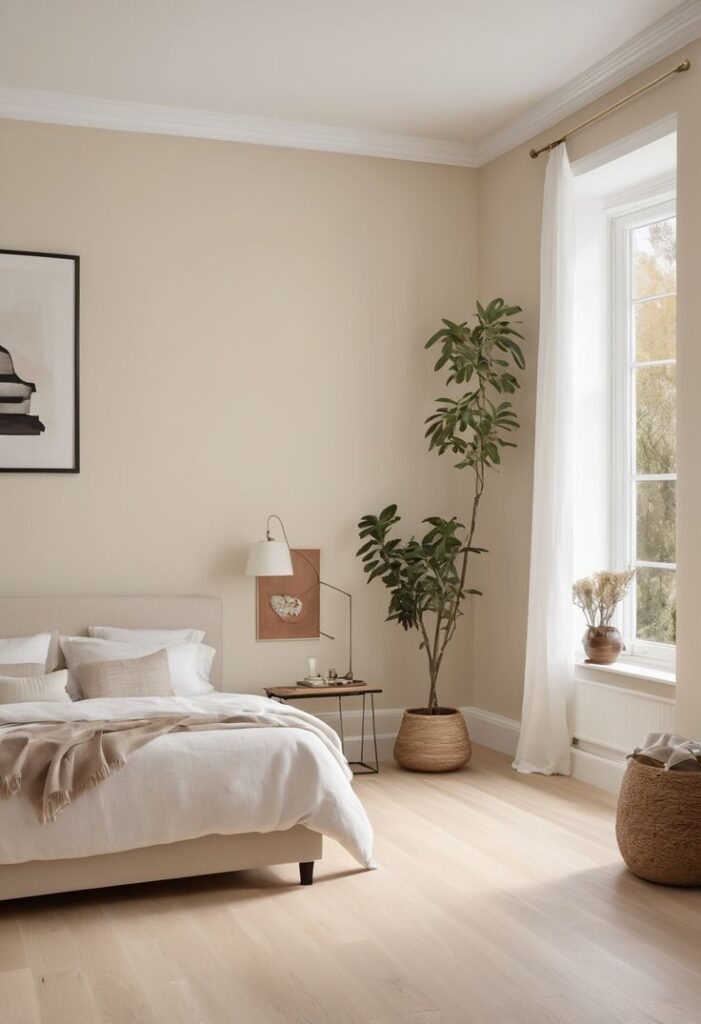
DIY Projects for Transforming Your Space
To update your room affordably and effectively, focus on improving key elements like furniture, textiles, window treatments, and lighting. Each of these can dramatically shift the look and feel of your space without a full renovation.
Upcycling Dressers and Furniture
Transform old dressers by sanding them down and applying new paint or stain to match your room’s style. Adding modern hardware such as knobs and pulls can instantly refresh the piece.
Consider removing some drawers or doors to create open shelving for display or storage. Decorative techniques like stenciling, wallpapering drawer fronts, or using contact paper can add personality.
Upcycling saves money and reduces waste while personalizing your furniture. Make sure to prep surfaces properly to ensure paint adhesion and durability.
Handmade Throw Pillow Ideas
Create custom throw pillows with fabric that complements your room’s color and texture schemes. Use materials like cotton, linen, or faux fur depending on the mood you want—cozy or sleek.
Try basic sewing techniques or even no-sew options using fabric glue or iron-on adhesive. Add embellishments such as tassels, pom-poms, or fabric paint for a unique touch.
Mix shapes and sizes to add visual interest to your seating areas. Pillows can be an easy way to incorporate new patterns and refresh your décor seasonally.
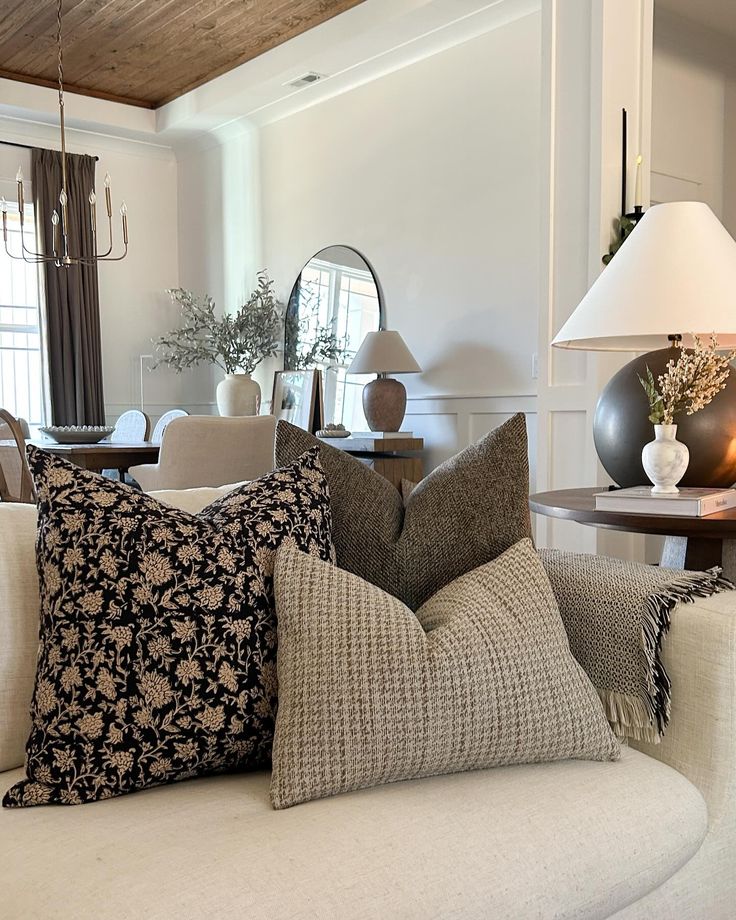
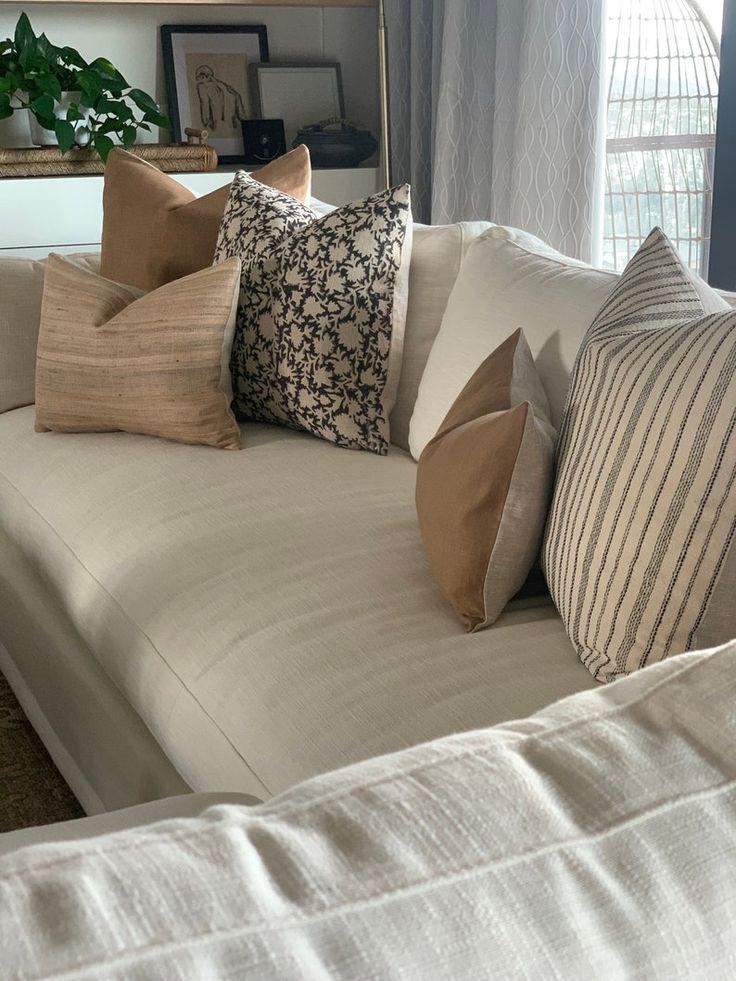
Custom Curtains and Window Treatments
Make your own curtains by cutting fabric panels to fit your windows, hemming the edges, and adding grommets or rod pockets. Choose heavier fabrics like velvet for insulation or sheer ones for natural light.
You can also upcycle old sheets or tablecloths into curtains. Consider adding trim or tassels to enhance detail. For renters, tension rods allow installation without damage.
Custom window treatments control lighting, privacy, and contribute to your room’s aesthetic. Accurate measurements and fabric choice are essential for a polished look.
Creative Lighting Solutions
Swap out standard bulbs for warm or dimmable LEDs to change your room’s ambiance instantly. Use string lights, floor lamps, and table lamps to layer lighting sources for flexibility.
Try making your own lampshades from wireframes and fabric or paper for an artistic touch. Battery-operated puck lights or clip lamps provide portable options.
Highlight areas like reading nooks or workspaces with adjustable task lighting. Thoughtful lighting placement enhances comfort and functionality.
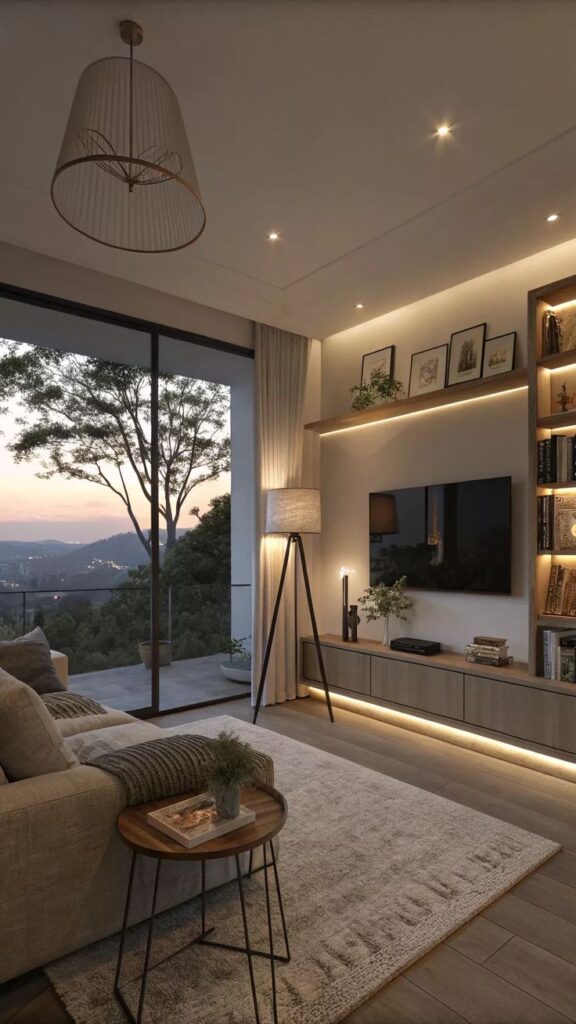
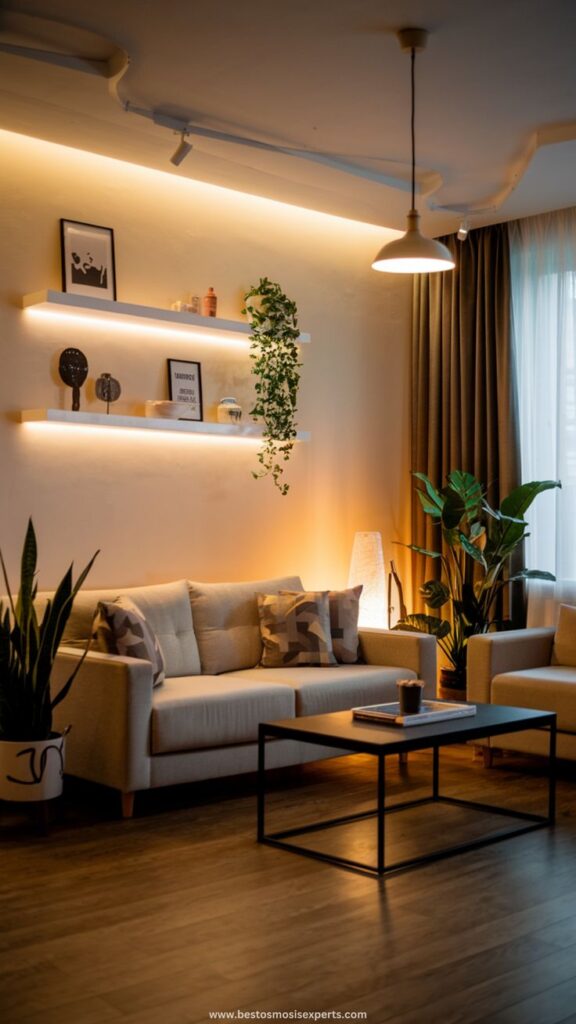
Smart DIY Room Organization
Organizing your room effectively requires clear strategies for sorting items, choosing practical storage, and optimizing every inch of space. Focus on simple steps that save time and money while creating a neat, functional environment.
Decluttering Tips
Start by sorting your belongings into categories: keep, donate, recycle, or discard. Be honest about what you truly need.
Use the “one in, one out” rule to maintain balance. For example, if you bring in a new item, remove an old one.
Set small goals, like decluttering one drawer or shelf each day. This breaks the task into manageable steps.
Label boxes or bins clearly to quickly identify what goes where. This saves you from rummaging through clutter later.
Creative Storage Solutions
Consider multipurpose furniture like beds with built-in drawers or ottomans with storage inside.
Wall-mounted shelves increase storage without using floor space. Use hooks or pegboards to hang accessories, keeping surfaces clear.
Use clear containers or baskets for easy identification and access. Group similar items together to avoid chaos.
Repurpose everyday items—an old ladder can become a bookshelf or towel rack. These budget-friendly ideas reduce spending on new furniture.
Maximizing Space in Small Rooms
Use vertical space by installing tall shelving units or hanging organizers. This draws the eye upward and frees floor area.
Furniture that folds or stacks, such as foldable desks and chairs, can transform your room’s layout quickly.
Keep pathways clear by storing rarely used items in under-bed drawers or boxes.
A consistent color scheme with light tones helps your room appear larger and more open. Use mirrors strategically to reflect light and create depth.
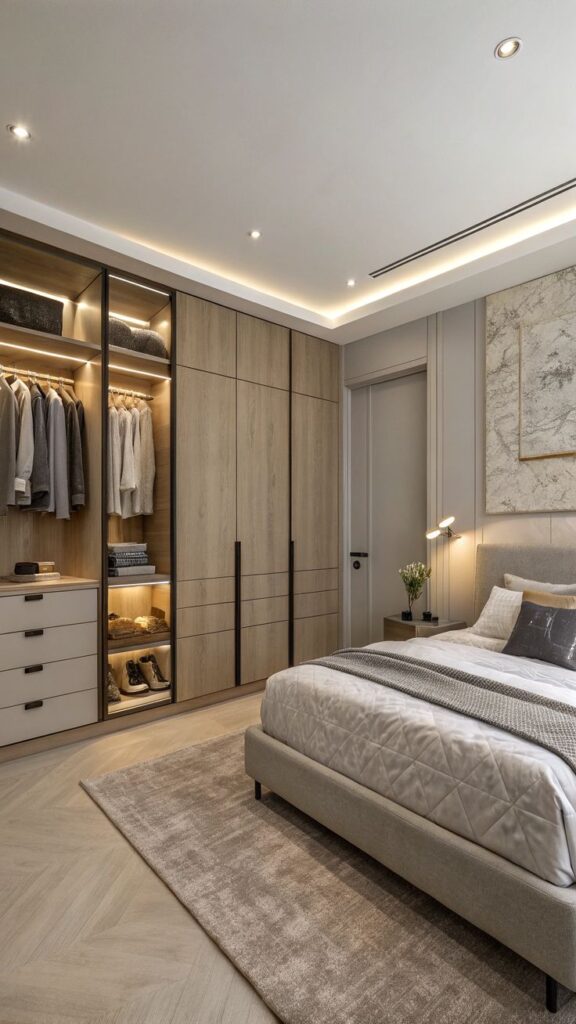
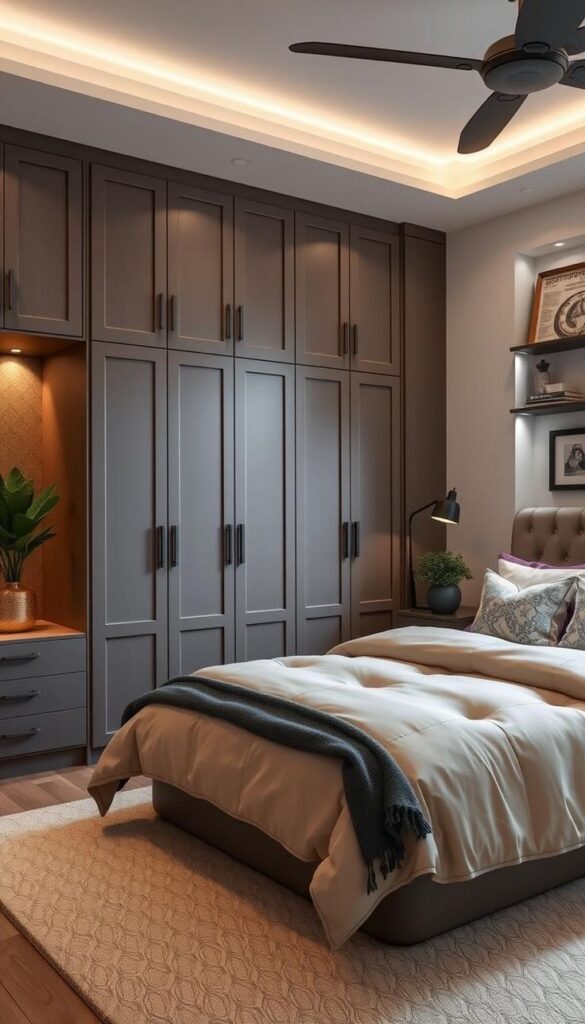
Special Makeover Ideas for Bedrooms
Transforming your bedroom requires attention to both functionality and style. Focusing on the layout, lighting, and personalized decor can create a more inviting space tailored to your needs. Small updates in color, furniture placement, and accessories often deliver the biggest impact.
Master Bedroom Makeover Tips
Start by prioritizing your bed’s position; place it where natural light enhances the space without causing glare. Invest in layered lighting—combine overhead fixtures with bedside lamps and dimmers for adaptable brightness. This adjustment improves both ambience and practicality.
Consider updating your bedding and curtains with neutral tones or subtle patterns to maintain calmness. Add a functional yet stylish headboard made from wood or fabric for texture. Declutter surfaces and store items efficiently to keep your master bedroom feeling spacious and relaxing.
Cozy Atmosphere Enhancements
Focus on soft textiles and warm lighting to invite comfort. Use throw blankets, rugs, and cushions with rich fabrics like velvet or fleece to add tactile warmth. Incorporate string lights or low-wattage bulbs to soften the room’s overall feel.
Scented candles or essential oil diffusers can further enhance coziness without complicating your setup. Arrange furniture to create intimate spots for reading or relaxing. Keep window treatments adjustable to balance privacy with natural light throughout the day.
- 0shares
- Facebook0
- Pinterest0
- Twitter0



